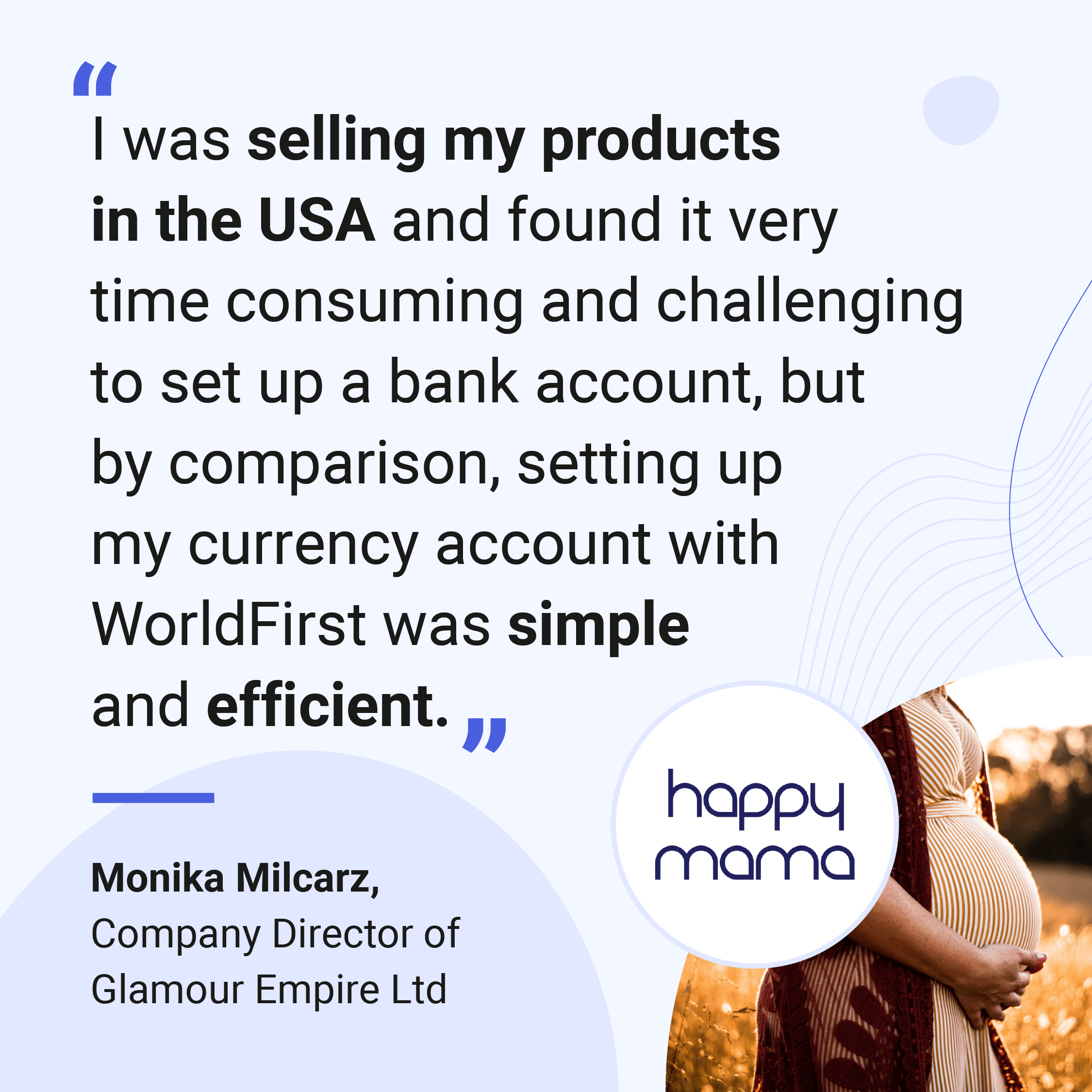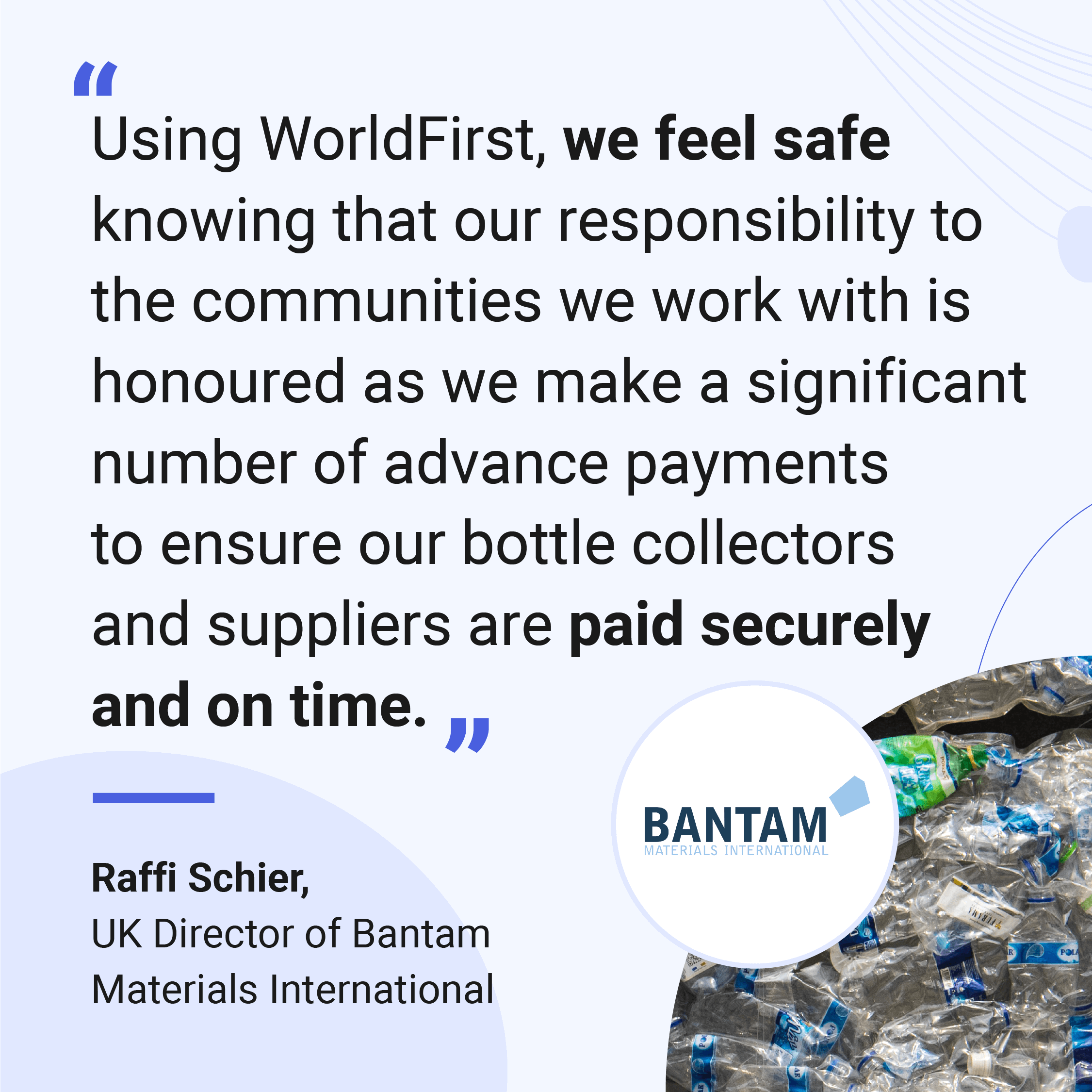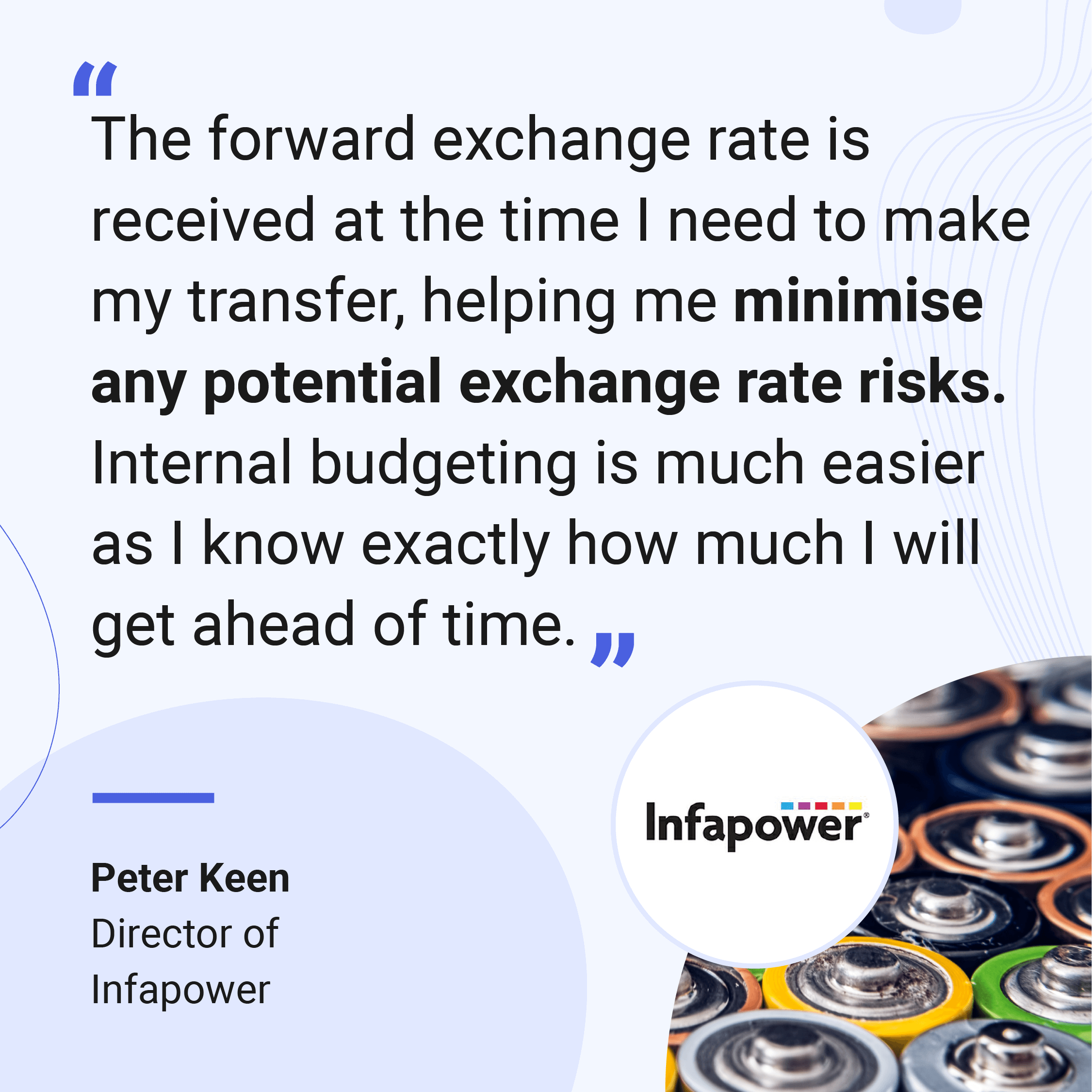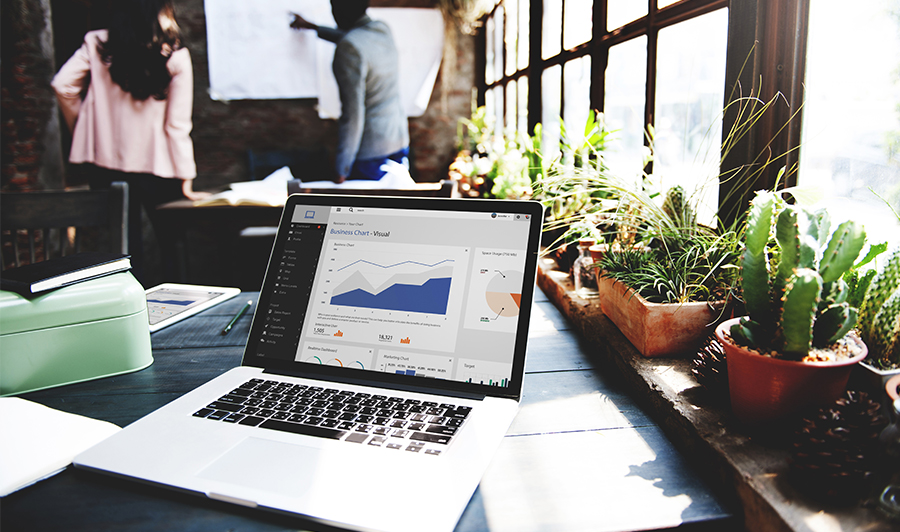
Cut through the noise and learn how to manage economic risk factors in your international business with help from this article. We’ll cover the main ways you can identify and manage emerging (or endemic) economic risks in your business and discuss some of the more minor indicators that can act as a canary in the coal mine.
If you’d like more background in international risk factors your business may brush up against, read our article International business risk factors to consider. If you’re ready to learn how to manage economic risk in international business, read on:
- How to identify your business’s KPIs
- Trustworthy measures of economic performance
- Other indicators of economic risk to your business
- How to manage economic risk in international business
How to identify your business’s KPIs
You can’t learn how to manage risks in business unless you know what to look out for in the first place. That’s why identifying KPIs (or key performance indicators) is so important — and it’s essential to establish what ‘key’ looks like within your business’s strategy first.
If you’re a seasonal business, tracking business performance is even more problematic because your sales window is narrower, and risk factors acting on your international business need even more proactive management.
For example, if you’re a service provider, customer experience and retention will likely rank as your main KPIs, while e-commerce businesses may look to track return rates and delivery times more closely. KPIs should meet two criteria:
- What you’re aiming to measure is measurable in the first place: return rates, for example, translate readily into numbers: X returns in May, Y in June, and so forth. In contrast, customer experience is a little more nebulous: tracking ‘good’ customer service can be tough.
- What you’re trying to measure is being measured comprehensively: building on the previous point, using numerical data for return rates is fine in most cases — but if you’re trying to reduce your inventory and your operational burden, it’s crucial to understand why returns are high (or not). Do you sell poor-quality, breakable products, or do orders not arrive in time for customers to use them? Having this comprehensive insight is vital.
Trustworthy measures of economic performance
Many of the KPIs you choose will be unique — but it’s also important to include more common economic performance indicators like cash flow, (gross and net) profits and product sale volumes. These metrics paint a picture of your business’s economic performance, and they illuminate sources of risk in your international business.
Similarly, if political parties (whether in government at the time or during elections) pledge to overhaul tax legislation or licensing frameworks for businesses, you can tell in advance if economic risks to your business are likely to increase. It’s important, then, to keep up with politics in each national economy you sell within.
Other indicators of economic risk to your business
Unfortunately, profit statements and cash flow reports are measures of business economic performance that lag behind the real-time decisions of customers. To expand your operation successfully, you need to stay one step ahead.
Nowadays, businesses can use technology to gain greater insight into customers’ real-time attitudes and forecast sales, growth and other KPIs.
If your profits are high, for example, and your customer experience is strong, it stands to reason that customers will engage well with your marketing materials or website. Paying attention to early warning signs can help you prevent problems before they happen at the end of the month or quarter. This approach is a little bit like the proverbial canary in the coal mine.
As you look for ways to manage risks in your business, don’t forget about the following:
- Ratio of website views to bounce rate and sales conversions
- Social media engagement time, post views and likes
- Email open rates
- Brand awareness and understanding
On a more personal level, you can also use your schedule to indicate potential economic risk factors in your business. It’s a somewhat indirect measure, but the time you spend working across various areas of your business can give you an idea of whether you’re developing the right KPIs or not.
Obviously, tasks like accounting or invoicing need completing, but the time you allocate to business development and KPI strategy is subjective. Tracking your schedule can help you determine whether the economic risk is coming from the external customer market or your own business’s internal performance.
How to manage economic risk in international business
Now you’ve established what you need to measure, it’s time to learn how to manage economic risks in international business as and when they present.
Unfortunately, there isn’t a single silver bullet for economic risk factors. If you miss KPI targets, your strategy for future success will depend on the nature of the performance criteria.
If you try to increase customer retention, for instance, you can use incentives like rewards and discounts that scale with the length of the consumer relationship. In contrast, if you’re trying to decrease delivery prices for your customers, you may wish to eliminate wasted packaging or liaise with a local fulfilment centre to shorten travel distances for your goods.
As an international business, you’ll be familiar with the impact of exchange rates and the very real economic risk they present to your business. Facilitating transactions from customers or to suppliers can be a draining endeavour, as you have to face expensive fees and slow speeds.
Take your pick of 28 available currencies and ensure your money gets to its destination in hours, not days. All you have to do is meet the cut-off times for transfers and WorldFirst will handle the rest.
Join over 240,000 businesses worldwide also using WorldFirst for their currency transfer needs and intelligently manage your business’s international risk profile. Find out more here or call us on 0207 801 1065 today.

You might also like
Insights from WorldFirst cover the latest FX news, top accounting tips, strategies to mitigate risk and key industry trends. Choose a category below to find out more.
Businesses like yours trust WorldFirst
- Almost 1,000,000 businesses have sent $150B around the world with WorldFirst and its partner brands since 2004
- Your money is safeguarded with leading financial institutions
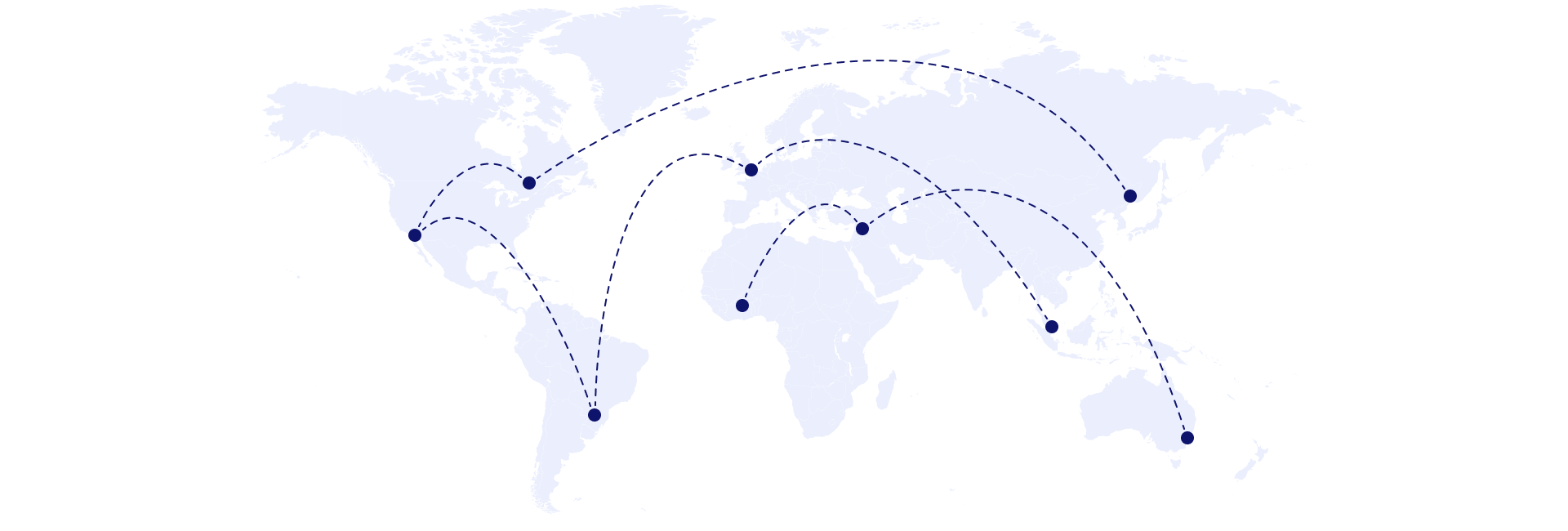
What our customers say about our services
